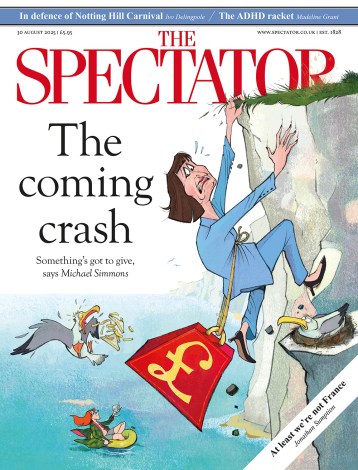The foundering ship of state
Henry Fairlie may have coined the phrase ‘The Establishment’ but it was Anthony Sampson who gave it flesh and blood. His Anatomy of Britain, first published in 1962 and revised at intervals over the years, sought to explain how Britain worked, where the power really lay, what covert networks underlay the at first impenetrable surface of society. Now the Sampsonian bear has emerged once more from its lair, sniffing the air uneasily, looking around for landmarks, rootling up the occasional corpse to see what is left upon its bones. The view is dramatically different; even what is superficially unchanged has in fact been profoundly modified. In his first Anatomy Sampson
